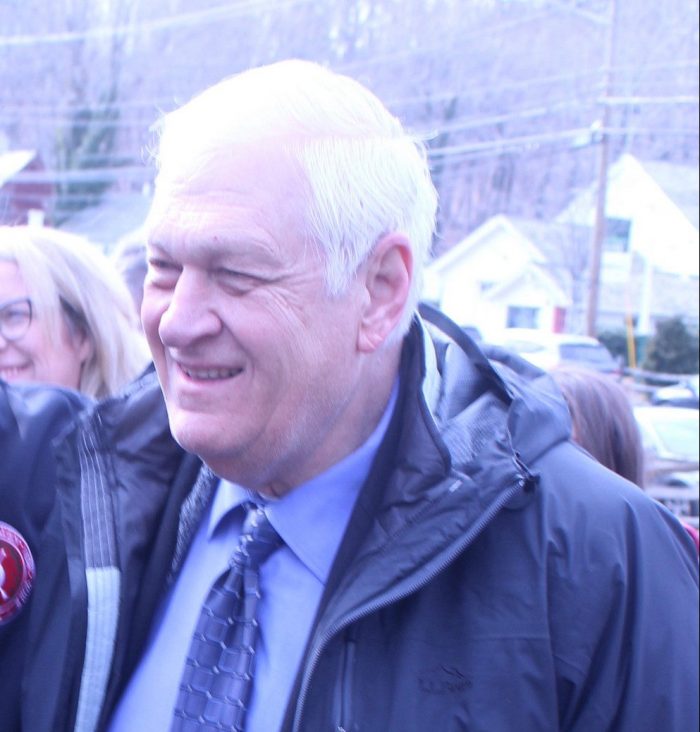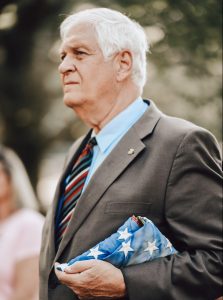In celebration of Long Island
Thank you for your wonderful editorial celebrating Long Island and highlighting the benefits of Long Island’s history, culture, institutions and natural beauty [“Uniqueness of where we live,” TBR News Media, March 7].
We should all be very proud of being Long Islanders — one of the most beautiful places in the world.
My wife reminds me that since we met 16 years ago, we have traveled to more than 39 countries, but I still love Long Island, NY, USA, the best!
Yes, it’s expensive, traffic is bad, mass transit is substandard, taxes are excessive, regulations burdensome, many rules are prudish and Victorian. But Long Island has some of the best beaches, fishing, parks, wildlife and water sports in the world.
Our spring and fall seasons are beautiful and most of our people are diverse, friendly and caring. But most of all we have the NY Islanders, the NY Yankees, the NY Mets, NY Knicks, NY Nets, NY Giants and NY Jets and some of the best sports fans in the universe.
I have been a Smithtown Rotarian for over 40 years and we are dedicated to local and international charities. Long Islanders are extremely generous to Rotary helping our veterans, children, seniors, handicapped and those less fortunate. Celebrate Long Island and let’s work to make it the paradise it can be.
Alan H. Cohn
Nesconset
Women are not cattle
Supreme Court Justice Sandra Day O’Connor wrote, “The ability of women to participate equally in the economic and social life of the nation has been facilitated by their ability to control their reproductive lives.”
Ironically, anti-choice Assemblyman Ed Flood [R-Port Jefferson] sponsors program CWA332 at our local Comsewogue Public Library titled, “Financial Literacy for Women,” which includes the descriptor, “Learn the basics to make informed financial decisions, regarding goals.”
We know how to make informed decisions because we are not cattle. Unfortunately we must constantly organize against anti-choice legislators who consider us as such. How big to grow our families is key to our informed financial decisions, goals, investments and budgets. Is lesson No. 1, “Try not to be born with a uterus”?
Joan Nickeson
Terryville parent
Electric buses save money in the long run
Your article on the necessary and state-mandated transition to electric school buses makes a number of valid points, but then pivots to a recitation by state Assemblyman Ed Flood [R-Port Jefferson] of the supposed disadvantages of electric buses [TBR News Media, Feb. 29].
Before echoing the disinformation of the fossil fuel industry perhaps Flood should visit Chile, which has the world’s second largest fleet of electric buses after China. Santiago alone has several thousand electric buses used for public transit in a city known for its hills. This is a far tougher job than carrying perhaps 60 students on a limited route on the flat island we live on.
Cost is another phony issue Flood raises. At the moment, the upfront cost to purchase an electric bus is higher than that of a diesel bus — that will come down in a few years as production ramps up. But even now, the electric “fuel” and maintenance required by an electric bus cost far less than those of their diesel counterparts.
And we are all paying the hidden health and medical cost of the asthma and other respiratory ailments caused or worsened by the toxic diesel bus fumes breathed by our children who ride those buses every school day.
Those few school districts that own their buses should start by buying some electric buses as soon as possible to gain experience with them. Gov. Hochul’s [D] administration needs to give them the tools they need to navigate the acquisition and installation of charging stations.
The districts that bid out their transportation contracts should modify their bid packages to reduce risk to the companies bidding by offering longer contracts for bus companies that provide an increasing portion of electric buses in their fleet during the contract.
Mass charging of school bus fleets will require upgrades to our electric grid, but these upgrades can be implemented gradually as the number of buses increases over the years. The buses can be charged at night, when off-peak rates are lower. And during the summer, when bus usage is low, their batteries can be used for grid backup and to support electric demand at peak times in the late afternoon, just as PSEGLI uses our home batteries whose cost has been subsidized by government rebates.
Finally, eliminating diesel from New York state’s school bus fleet is one of many steps to fulfilling the state’s climate law. Investments we make now are going toward a livable future for our kids — on and off the school bus.
Peter Gollon
Huntington
On the road again
March 12 was the 102nd anniversary of Northport resident Jack Kerouac. It made me reread one of his best writings, “On The Road.” His works reminded me of the more adventurous spirit of youth. Sadly, as we get older, with more responsibilities and less free time, there are fewer journeys to take, but Kerouac’s ideals continue to live in all of us.
Larry Penner
Great Neck





















